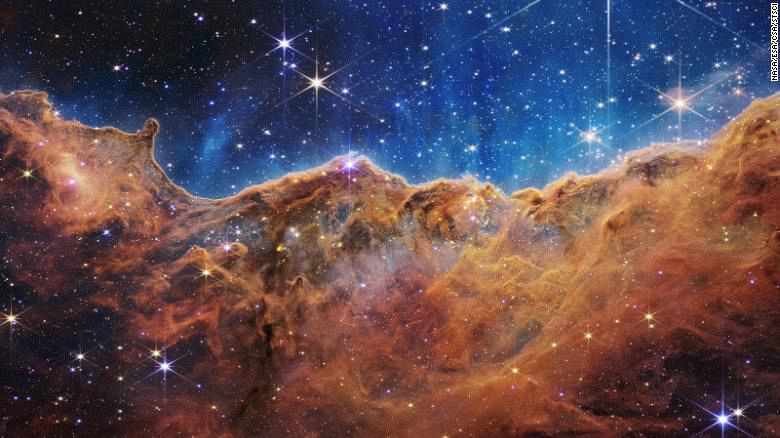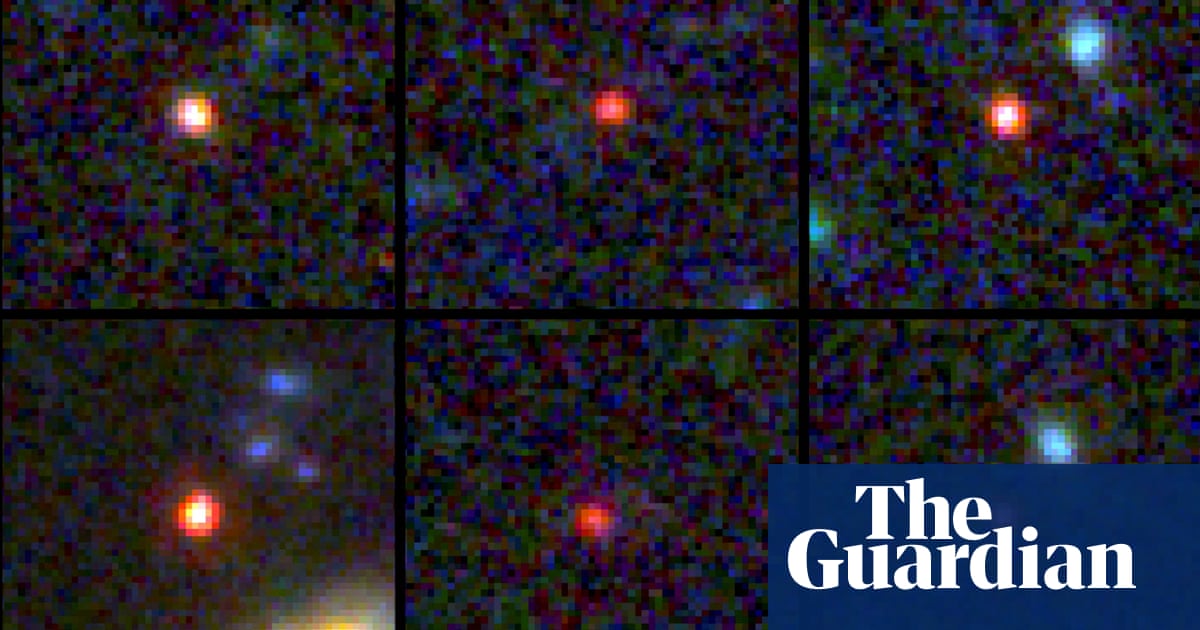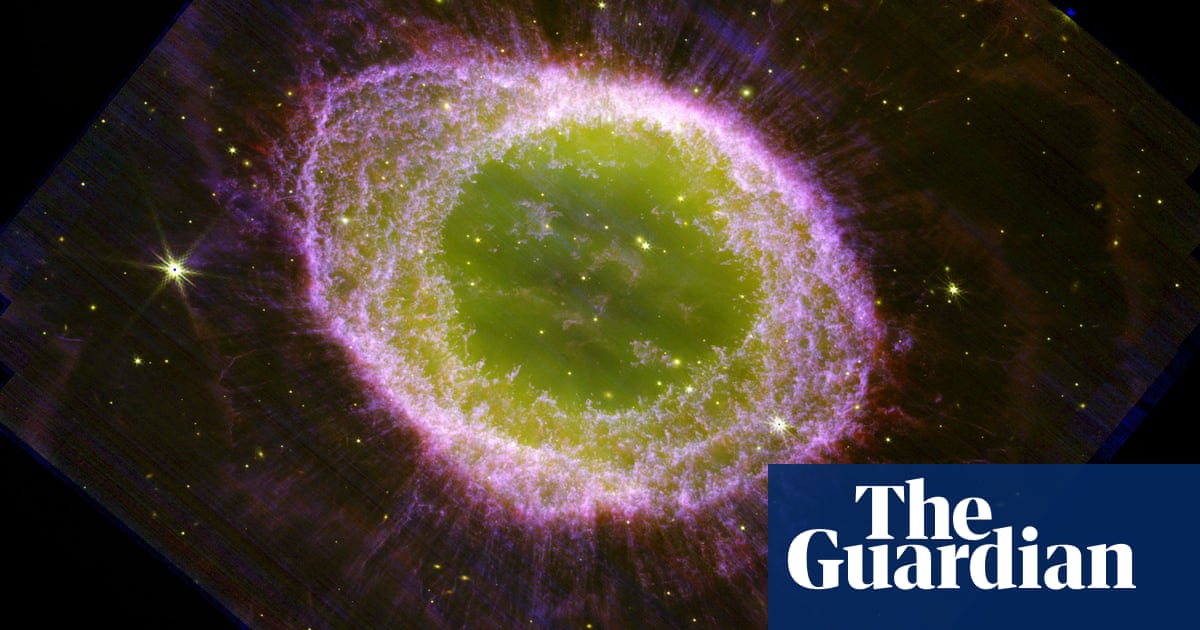
Washington, Jul 13, 2022, SPA -- The US Space Agency (NASA) has revealed the complete set of the first color images taken by James Webb Telescope, in footage that histories the beginning of a new era in astronomy that scientists have been waiting for many years. It is the deepest and sharpest infrared image of the distant universe to date," according to NASA.
The rest of the high-resolution color images made their debut on Tuesday.
The first image, released on Monday, shows SMACS 0723, where a massive group of galaxy clusters act as a magnifying glass for the objects behind them. Called gravitational lensing, this created Webb's first deep field view that includes incredibly old and faint galaxies
The set of deep space images was published on a TV program in an hour-long live broadcast, which included the publication of images one after the other, which showed two nebulae (two clusters of celestial bodies) showing the life cycle of stars, a planet outside the solar system, and a compact cluster of galaxies.
One of the images showed a planet outside the solar system, that is, orbiting a star other than our sun, and it constitutes one of the main research axes of the telescope.
After decades of waiting, it's finally time for the world to see the first images taken by the most powerful space telescope ever, which is the James Webb Space Telescope.
It is worth mentioning that the telescope is equipped with a quantity of fuel, which allows it to operate for 20 years.
About 20,000 people from around the world worked on this project, which made it the fruit of tremendous international cooperation in the field of space.
Earlier, NASA disclosed the first image from the James Webb Telescope, in a stunning snapshot showing galaxies that formed shortly after the Big Bang more than 13 billion years ago.
Webb's spectrum includes "the distinct signature of water, along with evidence for clouds and haze, in the atmosphere surrounding a hot, puffy gas giant planet orbiting a distant Sun-like star," according to NASA.
The observation demonstrates "Webb's unprecedented ability to analyze atmospheres hundreds of light-years away," according to NASA.
"In the future, Webb will capture actual images of known exoplanets while also searching for unknown planets, said Knicole Colon, Webb deputy project scientist for exoplanet science at NASA's Goddard Space Flight Center, during a news conference. And the spectrum of WASP-96 b is "barely scratching the surface of what we're going to learn."
--SPA
02:37 LOCAL TIME 23:37 GMT
0001
www.spa.gov.sa/w1760725











